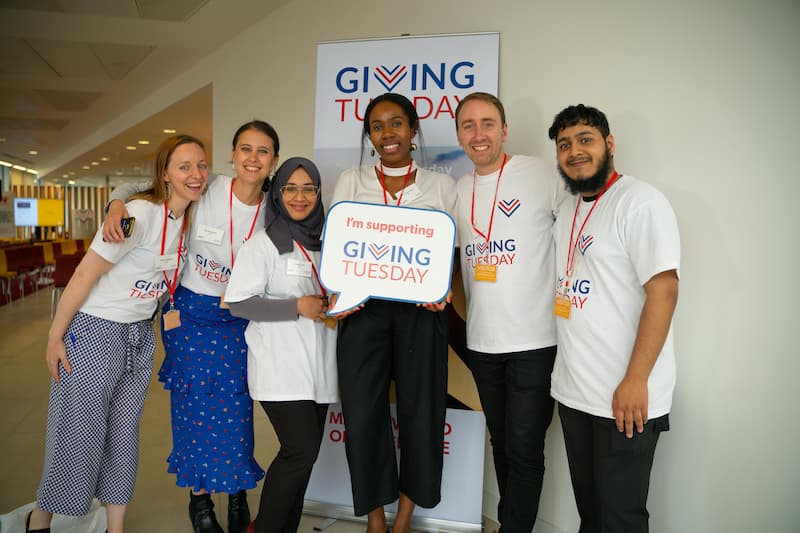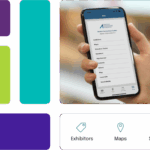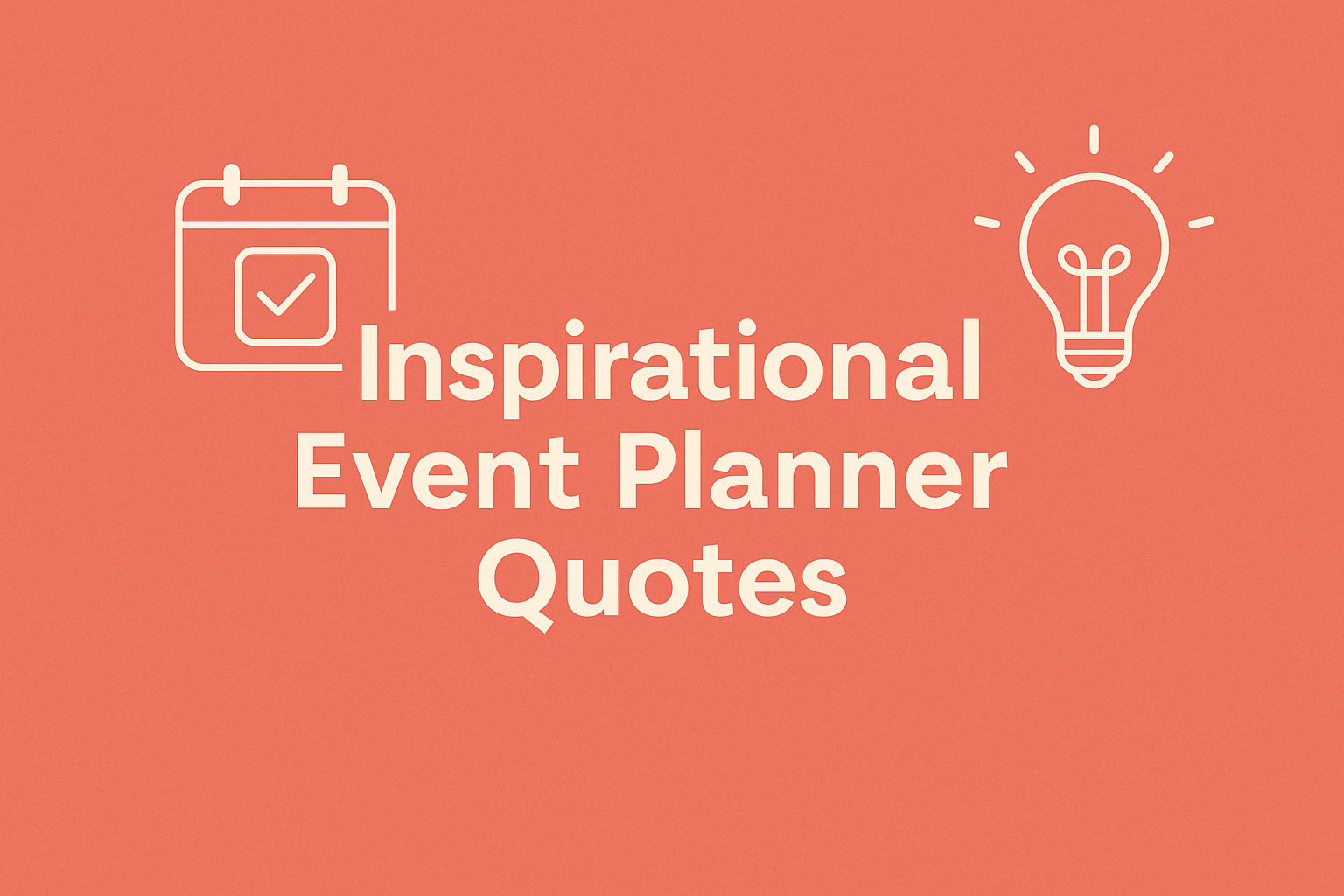Introduction
Nonprofit event planning comes with particular challenges and concerns. Nonprofit event coordinators not only have to deal with all the standard project management for event planners, but they also have to run their events with specific goals. You have to consider how your event will impact long-term donations and what experiences your donors like to have, such as interacting with your staff, learning more about your work, or meeting those impacted by your efforts.
A well-developed checklist provides your team with a clear framework and insight on how individual tasks contribute to creating the event, setting you up for success. An incredible 81% of nonprofit donors attend fundraising events, marking these occasions as a valuable means of engaging with donors and maintaining relationships.
Understanding Nonprofit Event Planning
Let’s start by exploring the nature of nonprofit event planning and how you can improve the process for your entire team.
What Is Nonprofit Event Planning?
Nonprofit event planning is a critical means of building awareness and funds for a nonprofit’s work toward the achievement of organizational goals. It involves bringing interested people together for education and entertainment activities to gain positive experiences with your brand and support your efforts.
It lets people engage with the organization and feel more connected to causes they care about.
Nonprofit event planning can have various end goals. Some of the most common include:
- Fundraising
- Event engagement
- Raising awareness
- Cause engagement
Why a Checklist Is Essential
As you move through the nonprofit event planning process, we highly recommend building a checklist. Checklists help solidify, clarify, and streamline your thoughts up front. A complete checklist leads to better organization throughout the event-planning process by ensuring team communication and collaboration while preventing or minimizing stress. Let’s face it, planning an event comes with a lot of challenges. It’s easy to overlook specific steps or tasks—everyone thinks someone else is taking care of them. With a checklist, you can establish exactly what needs to be done and by whom.
Just imagine a scenario in which your team successfully organizes vendors and ensures everyone knows where to go. You’ve got a good list of attendees showing up on the day of the event. Only then do you realize no one tested the AV equipment. Now your presenters struggle to be heard over the crowd, and your entire event leaves a bad taste in the mouths of your vendors, attendees, and presenters.
Checklists also help everyone involved see the big picture. Your team members will know how their jobs contribute to the final event, and everything will run more smoothly as a result.
Pre-Planning Stage
First, you need some initial outlines to guide your team.
Define Your Event Goals and Objectives
Before you progress any further, establish your goals and objectives for your event. Here are some questions for your team to discuss while deciding on your desired outcomes:
- What is the primary goal of your event? Do you want to raise funds or awareness for your cause?
- Who is your target audience?
- What have your past events achieved? What do you need to change or maintain?
- What types of experiences do your donors want to have with your cause?
Once you have a better idea of your goals, it’s time to refine them. We recommend using the SMART format for goal definition. When you set a SMART goal, you create specific, measurable, achievable, relevant, and time-bound goals. Setting detailed goals helps you know how to measure your results and achieve success.
Establish a Budget
The next step on your agenda should be budgeting. Event planning calls for various materials and activities throughout the process. Create a comprehensive budget that includes line items for these requirements.
Venue
What is the overall cost for your location? Will there be any extra fees for parking, use of a kitchen, or any other amenities? Will you have to pay to organize any logistics?
Catering
Will there be catering for meals? Will you have additional charges for servers? Will you be providing bar service?
Marketing
What type of budget does your team need to run campaigns on social media? On search engines? To design and launch a website for the event? What printed materials will need to reach your prospective attendees?
Entertainment
What type of entertainment will you provide? What benefits will you offer your entertainers? For example, will you include free lodging or transportation?
Signage and swag
Don’t forget about practical costs, such as creating signs for the event, branding and marketing materials, and handing out any merch to attendees. How much will it cost to design and produce these items?
Speakers and presenters
For your speakers and presenters, include costs such as transportation, lodging, food, and any speaker fees you may offer your presenters.
As you work through your budget, it’s easy to feel overwhelmed and wonder how your nonprofit will afford to put together a positive event. You can strategize by offsetting some expenses.
For example, consider putting together some sponsorship packages. Sponsor businesses and other organizations can gain access to special VIP opportunities, such as networking or branding during your event—in exchange, they contribute funding to help your bottom line.
As a nonprofit, remember the importance of donations. Let people know about the event you’re planning, what you want to achieve with it, and why it benefits your cause. You can then ask for donations to support your efforts. In exchange for particularly sizable donations, you can also grant individuals unique access to the event, such as special backstage passes to meet some speakers.
Assemble Your Planning Team
As you move forward in the planning process, you’ll need to put together an outstanding team you can trust to manage each step of the journey. This dedicated planning team will take care of all the different aspects of your nonprofit event planning.
The key to building an optimal team lies in clear division of responsibilities. Ensure everyone knows what they are responsible for and their role in the overall planning process.
To keep your team functioning well, communication is vital. Schedule regular check-ins for everyone to gather and share their accomplishments and upcoming action items. Keep expectations clear so nothing falls through the cracks. Project management apps—such as Trello or Asana—make great additions to team operations. These help everyone visualize the planning process and stay informed on what their teammates are working on.
Event Logistics
Now, let’s assess what’s important for planning your nonprofit event logistics.
Choose the Right Venue
The venue is one of the most influential decisions for your event. It impacts people’s comfort and the feel of your event. Review the following factors as you look at your venue options:
- What is this venue’s capacity? Does it suit your projected event size?
- Is the venue conveniently located?
- How accessible is the venue? Consider your entire audience, speakers, and presenters.
- What facilities are available at the venue? Do they meet the needs of your entertainment, vendors, and speakers?
Before finalizing any decision related to the venue, visit with a few critical team members. Walk through the space and visualize your event in action to see if it fits with what you have in mind.
Set a Date and Time
As you narrow your list of venue options, weighing dates and times should be a simultaneous priority. Any date you choose will likely impact your venue choices, and vice versa.
Selecting the right date can maximize attendance and engagement while accounting for:
- Holidays, including school holidays
- Local events that might impact accommodations and traffic
- Dates of other major conferences in your industry
Use these restrictions to narrow your options and make your best choice.
Create a Comprehensive Schedule
Outline your nonprofit event planning team’s required activities with a timeline to guide your progress through major milestones. Your schedule should look something like this.
- 9–12 months prior:
- Choose a venue and select your date and time.
- 6–9 months prior:
- Narrow your list of speakers, and write contracts with your keynote speaker(s).
- Begin evaluating your vendors for the event.
- 3–6 months prior:
- Sign contracts with your vendors and the rest of your speakers.
- Launch early-bird registration marketing campaigns and promotions.
- 1–3 months prior:
- Launch standard marketing campaigns.
- Finalize plans for any remaining logistics, such as shuttles from the airport or hotel, menus with caterers, etc.
- 2–4 weeks prior:
- Work through last-minute tasks, such as walk-throughs with vendors.
- Last week prior:
- Test any equipment to be used, run training sessions with your team, and verify all needed signage is ready to be hung.
Marketing and Promotion
As part of your preparation, plan how you will promote your nonprofit event and engage your target audience.
Develop a Marketing Plan
Your marketing campaign should reach out and grab your target audience. It should be designed to speak directly to them, addressing what appeals to them about your cause and their desire to learn more and help.
A great campaign will reach people on multiple platforms.
Social Media
Via social media, you can target potential attendees based on demographics. You can also build event-specific pages and organically promote your event by inspiring conversation about your organization and event.
Email Marketing
Contact your newsletter lists and let them know about your upcoming event. These individuals have already expressed interest in your cause as a nonprofit, so they are likely to want to support your event.
Local Partnerships
You can also promote your event through local partnerships. If you are affiliated with other organizations aligned with your nonprofit goals, they might help spread word of your event to others interested in supporting your cause.
For an effective marketing strategy, start with a timeline like this.
- 6–9 months prior:
- Outline what types of campaigns you want to run and the content and materials you need to run them.
- 3–6 months prior:
- Start your early-bird campaigns, and finalize details on your standard campaigns.
- 1–3 months prior:
- Launch your email and social media campaigns.
- 2–4 weeks prior:
- Launch your last-chance campaigns.
Create Promotional Materials
As you further develop your marketing campaigns, break down what you will need to design. This includes both digital content and print pieces, such as:
- Flyers
- Posters
- Social media graphics
Think about what directly speaks to your target audience to create your messaging. What entices them about your cause and makes them want to be involved? Craft your message to speak to their interests.
Engage Your Audience
As your event approaches, keep your audience engaged with personal posts that help them feel connected with the planning process. For example, you can share:
- Behind-the-scenes looks
- Sneak peaks
- Personalized messages about the value of their involvement
This type of content helps build direct connections with your audience, motivating them to learn more and attend.
Day-of Event Coordination
You also need to plan how to orchestrate everything on the day of your event so it all goes off without a hitch.
Set Up Logistics
A specific checklist will help you manage all the last-minute tasks on the day of the event. This checklist will include jobs such as:
- Setting up and testing technology
- Meeting vendors and ensuring they know where and how to set up
- Posting signage to guide guests
- Setting up tables for registration and checking people in
- Meeting speakers and presenters so they feel welcomed and know where to go
Having a checklist personalized for your specific event will ensure you do not forget anything in the chaos that can arise at the start of an event.
Communication With Your Team
Solid communication between event planning team members will be essential throughout the day of your event. Confirm everyone is properly handling their responsibilities, helping each other with any problems, and working together to manage traffic. This keeps the event operating well and improves your attendees’ overall experience.
Slack and other group messaging apps can be fantastic in this regard. Set up a designated channel used only by team members on the floor to keep communication clear and quick.
Attendee Management
As attendees arrive, your team will need to work hard to ensure check-in processes go smoothly and attendee engagement remains positive. Remember to do the following:
- Have plenty of space for your attendees at the entrance so they do not feel overcrowded.
- Display clear signage telling people where to go.
- Use apps and check-in kiosks to help people move independently through the check-in process when possible.
- Streamline on-site registration.
The more you can do to minimize confusion or stress during this part of the event, the more positive people will feel from the beginning.
Post-Event Evaluation
Once the event wraps up, it’s time to gather critical information about how the event went from your attendees’ perspective.
Collect Feedback and Data
Once the event finishes, surveys and social media engagement can provide great insight into what people think about your event and how it impacts their involvement with your cause. Administering surveys to participants can give them a chance to give you direct feedback. Social media conversations can also provide a wealth of information. Ask questions to collect comments and gauge your results.
Measure Success Against Goals
See how your survey responses relate to your original goals. Look back at your previously established key performance indicators, such as attendance, audience engagement, and donations. Compare your projections and goals to the results to measure your success and identify where you can continue to improve.
Document Lessons Learned
As you collect perspectives from your audience’s responses following your event, sit with your team and document lessons learned. Note what participants appreciated or disliked during your activities.
Record each lesson as a heading and use bullet points to list how you might use these observations moving forward. Mention where you encountered each lesson and how it relates to your overall event objectives.
Conclusion
Launching a nonprofit event can offer incredible opportunities for promotion and bringing in donations. A checklist will keep you on task and on target, leading to more successful nonprofit event planning. This structured approach will keep everyone on the same page, so your team meets your objectives and furthers your cause.
See how you can incorporate pointers from our guide above to create the perfect checklist for your upcoming event.










